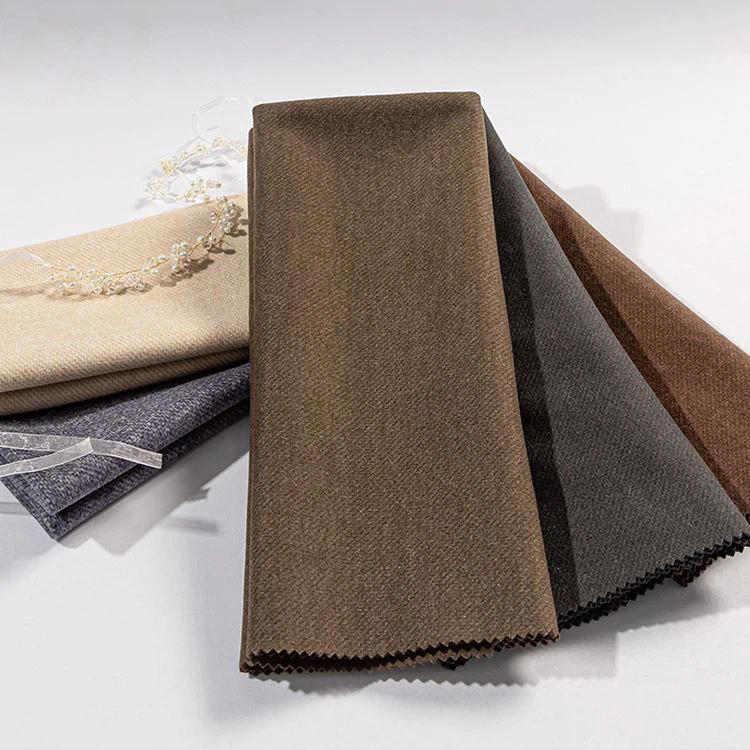
For the waterproof treatment of tweed fabric, although direct tweed waterproof treatment techniques are not specifically mentioned in the search results provided, we can refer to the general principles and techniques of waterproof fabric treatment to derive the waterproof treatment methods suitable for tweed fabric. Based on the relevant waterproof fabric treatment information, the following are some general suggestions and steps that can help improve the waterproof effect of fabrics:
1. Understand the fabric characteristics: First, you need to understand the structure and waterproof requirements of tweed fabrics. Since tweed is a more complex textile, its structure may not be as tight as other fabrics (such as woven fabrics), which means that waterproof treatment may require specific waterproofing agents and techniques.
2. Choose the right waterproofing agent:
- Choose the right type of waterproofing agent according to the fabric characteristics and waterproofing requirements, such as fluorocarbon waterproofing agents (C8, C6) or non-fluorine waterproofing agents.
- For special fabrics such as tweed, it may be necessary to choose a waterproofing agent that can better adapt to its texture.
3. Waterproofing agent ratio and treatment process:
- Adjust the dosage of waterproofing agent according to the specific waterproofing requirements of customers. For example, for ordinary waterproofing requirements, the dosage can be relatively small; for higher requirements of waterproofing effects, it may be necessary to increase the dosage and consider adding auxiliary ingredients such as cross-linking agents.
- Pay attention to the moderate concentration of the treatment bath. Too low concentration will lead to poor waterproofing effect.
4. Process parameter control:
- Ensure that the baking temperature is sufficient and the duration is appropriate so that the waterproofing agent can form a good cross-linking film on the fabric.
- During the washing process, the residual chemical agents should be thoroughly removed to avoid these residues interfering with the effect of the waterproofing agent.
5. Test verification:
- After the waterproofing treatment is completed, it should be tested in accordance with the corresponding waterproofing test standards (such as GB/T4745-1997, AATCC22, etc.) to ensure that the waterproofing effect meets the expected requirements.
The above steps are general waterproofing treatment suggestions. The specific operations for tweed fabrics need to be adjusted in combination with the actual fabric characteristics and customer needs. If professional waterproofing treatment is involved, it is recommended to consult a professional or manufacturer with experience in waterproof fabric treatment to obtain a more precise and effective solution.
